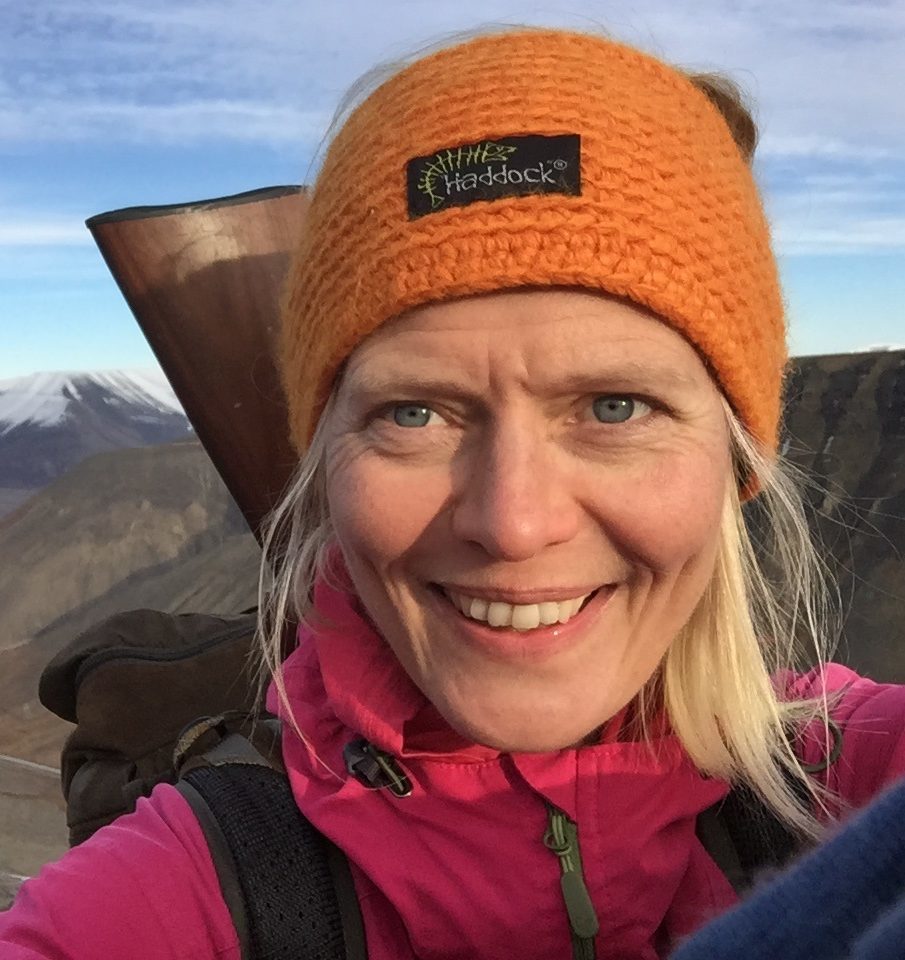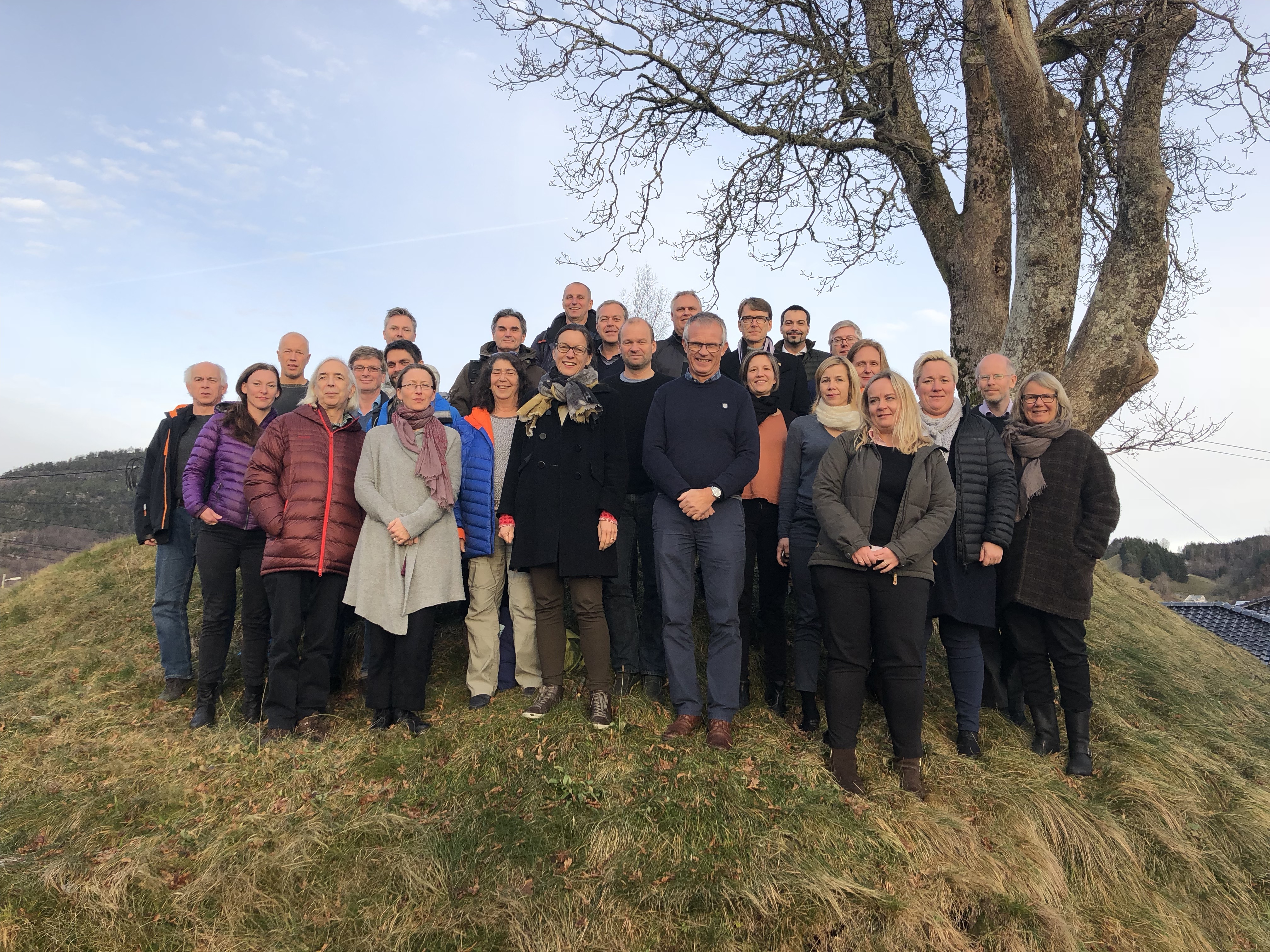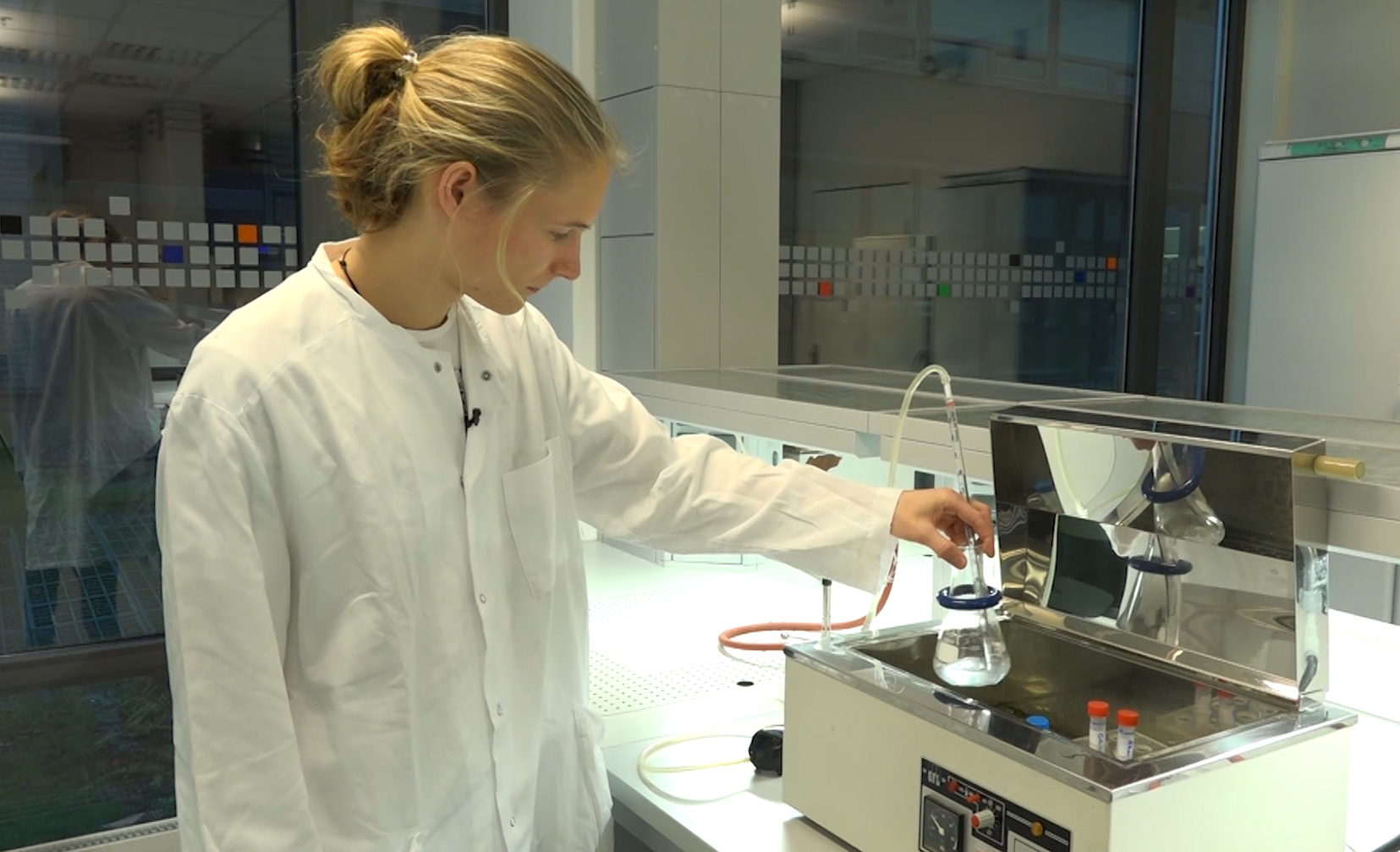New Ocean Science video tutorials – created for students by students!
Under the Teach2Learn project, master students have produced a new series of video tutorials in the course Ocean Science (BIO325), led by professor Anne Gro Vea Salvanes at the Department of Biology, UiB. The tutorials act as additional teaching support to introduce fellow students to sampling methods and instruments used to collect data for marine research.

Students Gaute Seljestad, Karoline Viberg and Synne Myhre Sunde filming a scene for their video tutorial What can we learn from using acoustics on-board a research ship and what do we use it for? UiB, Nov. 2017.
With guidance from the TE2LE team, seven groups of students produced video tutorials to answer the following questions:
- Tutorial 1 The Beam trawl. What is it and what can it be used for?
- Tutorial 2 Can ROV be used for biodiversity studies and for quantifying megafauna?
- Tutorial 3 What can we learn from using acoustics on-board a research ship and what do we use it for?
- Tutorial 4 How do we measure environmental factors in the sea and what can we learn?
- Tutorial 5 What is a MultiNet, how does it work and what is it used for?
- Tutorial 6 How to do measurements on large fish?
- Tutorial 7 Measuring fish and organizing raw data
On December 6th, students, professors, and administrative staff were invited to watch the video tutorials while enjoying some pizza and softdrinks.

Students, professors, and administrative staff enjoying some pizza while watching the video tutorials. UiB, 6/12/2017
The audience gave points to each video based on creativity and how well the message comes through, and of course there was a price for the highest scoring video.

Evaluation and scoring of the video tutorials’ quality to elect the best video tutorial. UiB, 6/12/2016

UiB, 6/12/2016
Congratulations to Magnus Heide Andreasen, Christine Holberg Østensvig and Hilde Sofie Fantoft Berg, producers of the video Can ROV be used for biodiversity studies and for quantifying megafauna? who won a gift certificate at a student bookshop.

Magnus Heide Andreasen, Hilde Sofie Fantoft Berg and Christine Holberg Østensvig receiving the award from Prof. Anne-Gro Vea Salvanes for their video tutorial “Can ROV be used for biodiversity studies and for quantifying megafauna?” UiB, 6/12/2016
On December 7th, Anne-Laure Simonelli conducted the last activity of the Teach2Learn project, i.e. the follow-up reflection activity where students, in groups, are encouraged to share what they experienced during the project and to reflect on their learning. The collected data will be used to evaluate the Teach2Learn activities and to investigate active learning in biology through this innovative pedagogical practice.




